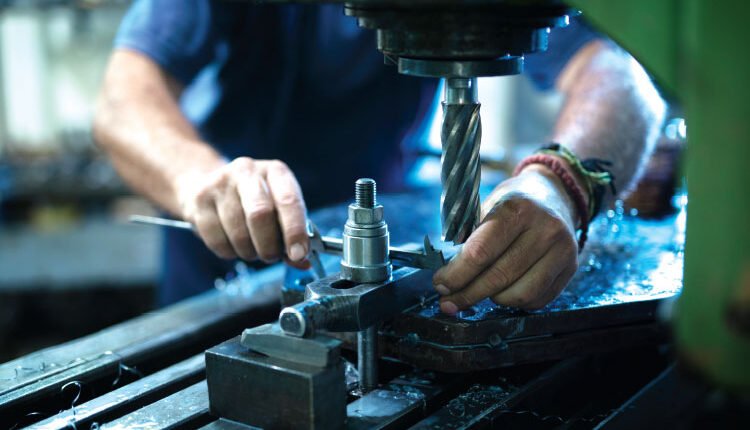In the realm of precision machining, standard tooling often falls short when faced with unique manufacturing challenges. This is where customized milling cutters play a crucial role, enabling manufacturers to achieve higher efficiency, better surface finishes, and longer tool life. This case study explores the development of a customized milling cutter for a leading aerospace component manufacturer, highlighting the process from problem identification to successful implementation.
Identifying the Challenge
The aerospace company specialized in machining complex titanium and Inconel components, which are notorious for their hardness and poor machinability. The standard carbide end mills they were using exhibited rapid wear, frequent breakages, and inadequate material removal rates. The existing process resulted in excessive downtime due to tool changes, increased scrap rates, and high machining costs.
The company sought a milling cutter that could:
- Improve tool life and reduce replacements
- Enhance surface finish to minimize post-processing
- Increase material removal rates without excessive heat buildup
- Work efficiently across different complex geometries
Design & Development of the Customized Cutter
Understanding the specific challenges, the cutting tool manufacturer collaborated closely with the aerospace company’s engineers to design a specialized milling cutter. The development process followed a structured approach:
1. Material Selection for the Cutter
Given the high cutting forces and temperatures involved in machining titanium and Inconel, a premium carbide substrate was chosen. A nano-grain carbide with high cobalt content provided the necessary toughness and wear resistance.
2. Optimized Tool Geometry
The cutter was designed with:
- Variable Helix Angles: To reduce vibrations and chatter, leading to smoother machining.
- High-Performance Coatings: A TiAlN-based PVD coating was applied, providing superior heat resistance and oxidation protection.
- Chip Breaker Integration: Custom chip breakers were incorporated to optimize chip evacuation, preventing chip clogging, which was a major issue with the standard cutters.
3. Multi-Flute Configuration
A unique seven-flute design was introduced, balancing aggressive material removal with stable cutting forces. The increased flute count allowed for higher feed rates without compromising tool life.
4. Edge Preparation & Surface Treatment
Micro-polishing of the cutting edges reduced friction, enhancing tool longevity. Edge honing was carefully controlled to avoid excessive cutting forces, which can lead to tool breakage in hard-to-machine materials.
Simulation & Prototyping
Before full-scale production, the cutter underwent virtual simulations using FEM (Finite Element Method) analysis. These simulations helped predict stress points, tool deflection, and heat generation. The first prototypes were manufactured and subjected to rigorous in-house testing on titanium and Inconel samples.
Key Testing Parameters:
- Cutting speed: Increased by 20% compared to the standard cutter
- Feed rate: Optimized for stable chip evacuation
- Tool wear analysis: Measured after a predefined number of machining cycles
Initial results showed promising improvements, but minor refinements were made to the chip breaker design to further enhance chip evacuation.
Implementation & Real-World Results
Once optimized, the customized milling cutter was introduced to the production line. A direct comparison with the previous standard cutter was conducted under identical machining conditions.
Performance Improvements Observed:
Tool Life Increased by 3X
Standard end mills required replacement after machining 10 components. The new cutter lasted for 30 components before needing replacement.
Cycle Time Reduced by 35%
The higher feed rates and better chip evacuation allowed for faster material removal.
Surface Finish Improved Significantly
The new cutter delivered a surface roughness of Ra 0.6 µm, reducing the need for secondary finishing operations.
Cost Savings
Despite the customized cutter being 40% more expensive than the standard cutter, the reduced downtime, lower tool consumption, and faster cycle times resulted in an overall cost reduction of 25%.
Lessons Learned & Future Applications
The success of this project reinforced the importance of tailored tooling solutions. The aerospace manufacturer extended the customized milling cutter’s application to other components, further improving their overall productivity. Based on this experience, the cutting tool manufacturer started developing similar customized solutions for other industries, including automotive and medical devices.
This case study underscores the value of innovation and collaboration in precision machining. When off-the-shelf tools fail to meet specific demands, a customized approach can unlock significant gains in efficiency, quality, and cost-effectiveness.


